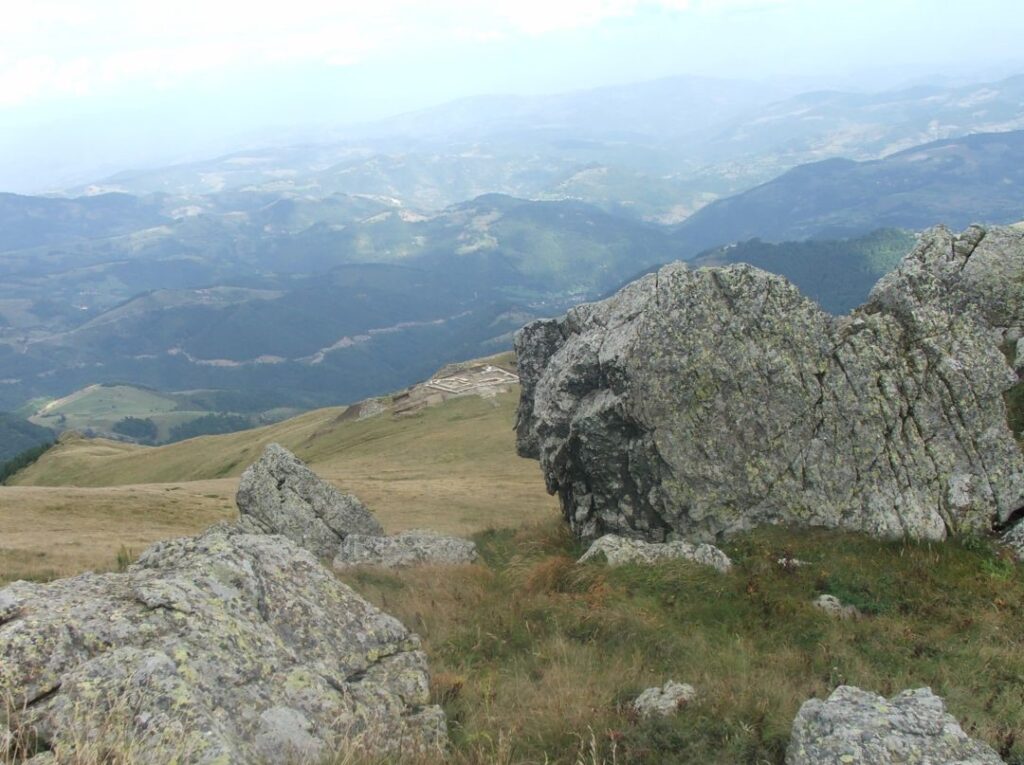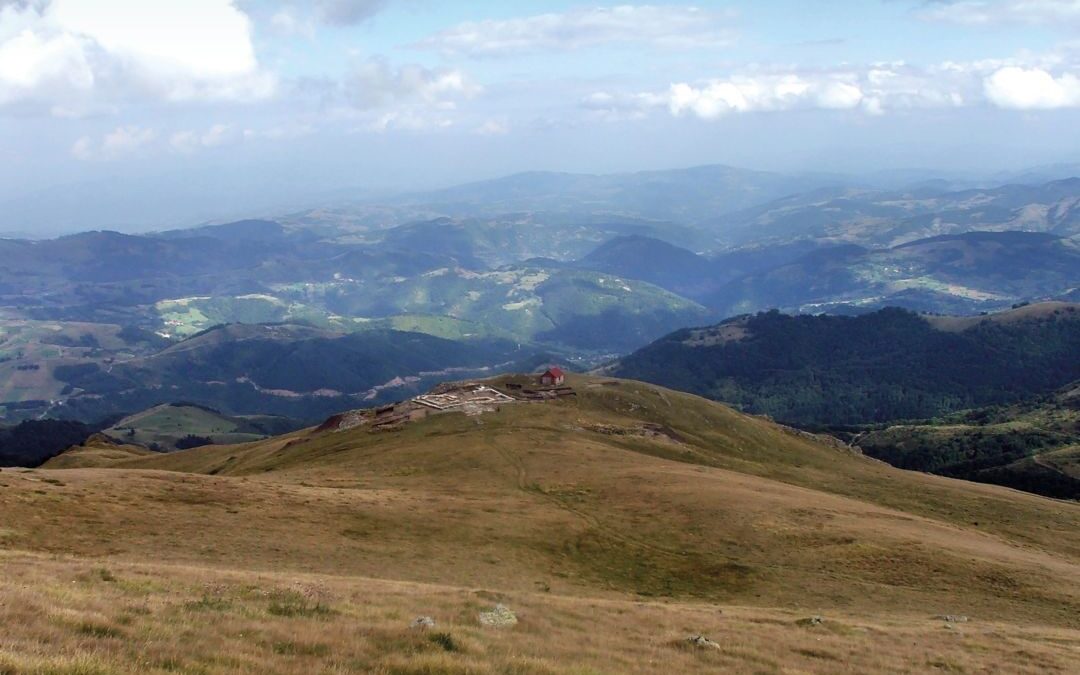On this day, July 21st, 2023, the Serbian Orthodox Church celebrates the Holy Great Martyr Procopius. He was born in Jerusalem as Neanius and was a high-ranking officer in the Roman army during the reign of Emperor Diocletian. He took part in the persecution of Christians and when he set out on his way to Alexandria with that intention, similar to the Apostle Paul, the Lord appeared to him and showed him a cross in the air. After that, like Paul, he becomes a Christian confessor. Since he publicly preached Christianity, he was arrested and thrown into prison, where Christ himself appeared and baptized him giving him the name Procopius. This was followed by his martyrdom in Caesarea Palestine.
In Serbia, this saint is highly respected and considering that he is a gentle saint who always saw only the best in people, quarrels and swearing are avoided on this day. His name is mentioned during the marriage ceremony, and it is believed that this day is suitable for weddings, because Saint Procopius then visits and blesses the newlyweds, and is also considered the protector of children.

In medieval Serbia, miners considered Saint Procopius as their patron saint, so that on Kopaonik, near medieval mines such as Koporić, Belo Brdo and Zaplanina, the custom has been preserved to this day that on this day the inhabitants gather at the Church, on the Heavenly Chairs, where the wooden cross of Saint Procopius was located at an altitude of 1800 m. Archaeological excavations of this site have confirmed that it is a site with two phases of life: the older one is related to the 3rd-4th century and the younger one, early Byzantine, dated from the 5th to the 6th century, to which the basilica with a double apse in the altar area was found. The church has a complex foundation, which consists of a narthex (presbytery), a nave (main nave), a northern nave and a southern annex, and it is preserved only at the base, in the foundation zone and the lower level of the walls.

Discovered fragments of frescoes, window glass and the remains of a mosaic floor indicate that it is a representative building, with elaborate iconography. The polychrome mosaic was made in the opus tesselatum technique and used to cover the entire surface of the nave. The preserved part was a marginal zone, actually a frieze, divided into fields in which geometric and zoomorphic motifs are depicted, among which is a bird, which in early Christian art has a symbolic value related to the spiritual world. The remains of the mosaic are roughly dated to the end of the 5th and 6th centuries.

Hence, it can be assumed that there was an important sacral center on the Heavenly Chairs, distinguished by its position on the top of the mountain, and that the settlement was located at a lower altitude, perhaps in Čučaica, where there are remains of a fortified settlement. The site was investigated by the Institute for the Protection of Cultural Monuments in Kraljevo under the direction of archaeologist Gordana Tošić (Gavrić).
Tatjana Mihailović
archaeologist, museum advisor
National Museum Kraljevo
